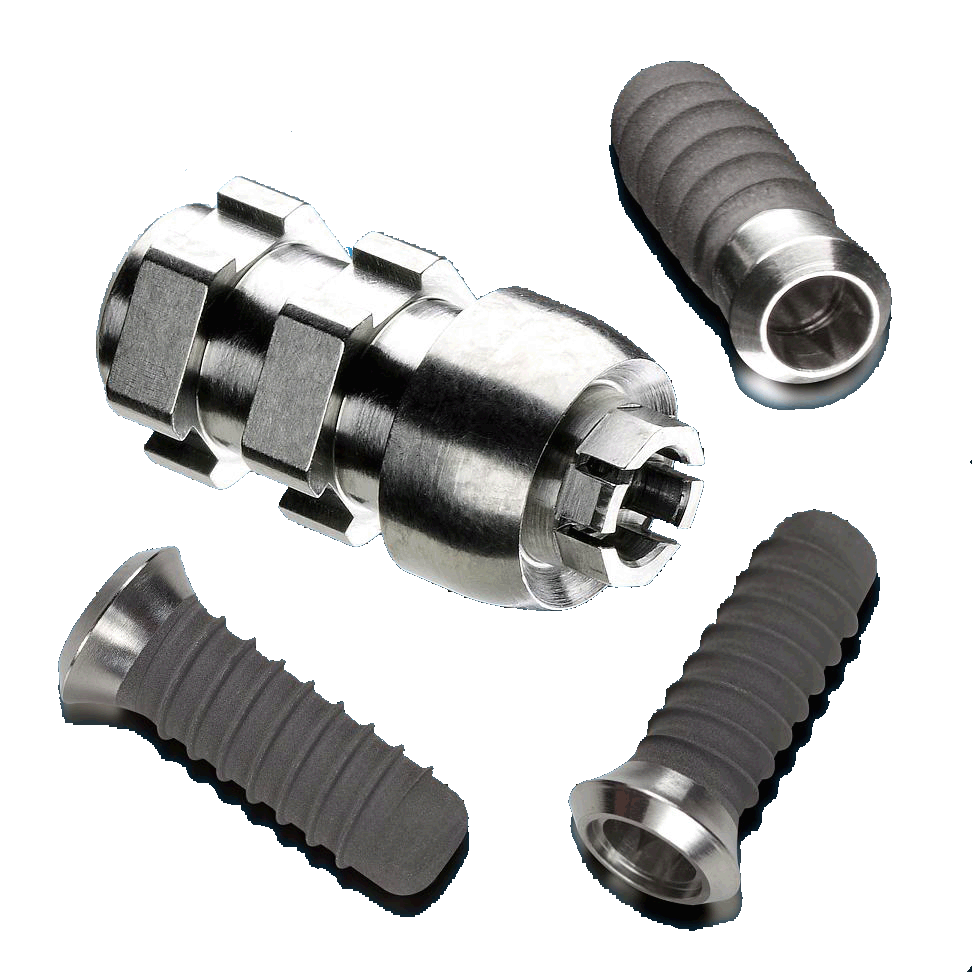



Press
In The Literature
The International Journal of Oral & Maxillofacial Implants
July/August 2008
Volume 23 , Issue 4
Implant Cast Accuracy as a Function of Impression Techniques and Impression Material Viscosity
Mary P. Walker, DDS, PhD/Dave Ries, BS2/Blake Borello, BS
Purpose: The aim of this study was to compare implant cast accuracy as a function of impression technique, closed tray impressions using indirect, metal impression copings at the implant level or direct, plastic impression caps at the abutment level, and impression material viscosity combinations. Materials and Methods: A stainless steel master model with three implant replicas was utilized to produce Type IV stone casts. Master model impressions were made using closed trays at the implant level with screw-on metal impression copings (indirect/implant level) or at the abutment level with snap-on plastic impression caps (direct/abutment level). With both techniques, either medium-body or heavy-body polyether impression material was syringed around the implant impression coping or abutment impression cap with medium body material in a custom tray. Twenty casts were produced with 5 casts in each test group. A measuring microscope (0.001 mm accuracy) was used to measure cast inter-implant or inter-abutment distances. Cast accuracy was calculated based on the percent difference of the measurements as compared to the master model. Results: A repeated measures 2-factor ANOVA (a = .05) indicated no significant difference in cast accuracy as a function of impression viscosity. However, cast accuracy was significantly different between casts made with indirect/implant level versus direct/abutment level impressions. With the plastic impression caps, the cast inter-abutment distances were larger than the master model, with mean percent differences of 0.19% to 0.24% across the 3 measurement sites. In contrast, with the metal impression coping impressions, the cast inter-implant distances were almost equal to or slightly smaller than the master model, with mean percent differences –0.06% to 0.02%. Conclusions: Impression material viscosity does not appear to be a critical factor for implant cast accuracy. However, casts made with indirect, metal impression copings might be more accurate than casts made with direct, plastic impression caps. This could be an especially important factor with casts used to fabricate multiple-implant restorations. Int J Oral Maxillofac Implants 2008;23:669–674
Key words: closed tray direct impressions, closed tray indirect impressions, dental implants
